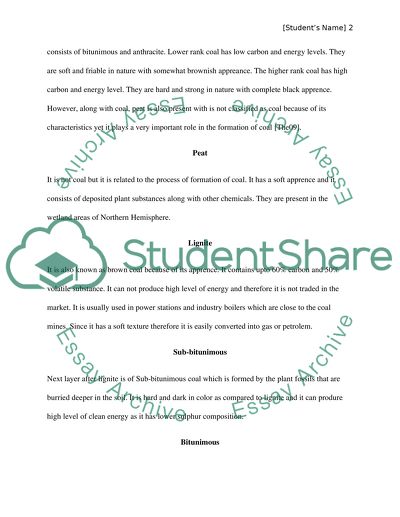Cite this document
(“Negative Impacts of Coal and Clean Coal Technology Research Paper”, n.d.)
Retrieved from https://studentshare.org/geography/1402578-negative-impacts-of-coal-and-clean-coal-technology
Retrieved from https://studentshare.org/geography/1402578-negative-impacts-of-coal-and-clean-coal-technology
(Negative Impacts of Coal and Clean Coal Technology Research Paper)
https://studentshare.org/geography/1402578-negative-impacts-of-coal-and-clean-coal-technology.
https://studentshare.org/geography/1402578-negative-impacts-of-coal-and-clean-coal-technology.
“Negative Impacts of Coal and Clean Coal Technology Research Paper”, n.d. https://studentshare.org/geography/1402578-negative-impacts-of-coal-and-clean-coal-technology.


